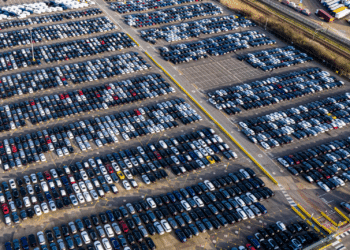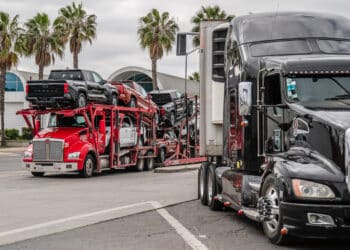A Renewed Call for an FHA for Auto Financing

Last year was a record low year for deep-subprime lending. This, despite the fact that overall auto finance originations climbed more than 5%.
In other words, even though auto finance expanded overall, auto finance for the deep-subprime sector did not. To put it another way, the lending expansion stopped short at Ficos of 500 or less.
This is yet another reason why I think there should be a Federal Housing Administration for auto finance. I first made this suggestion in 2014, and last year’s market calls for another look at the idea.
There is a truth in America today: that having a car in much of America is crucial to having a job. This is not true in New York, where I live. But in many locations — suburban and otherwise — without a car, jobs are harder to come by and keep. And those who need a job most, those who are skirting the poverty line, are consumers with Ficos in the deep-subprime range of 300 to 500.
Access to autos is important for other reasons. There are studies that show health and life expectancy are better among those with cars than those without, because people with ready transportation are more likely to drive for checkups and doctors’ visits.
So given more access to automobiles is in the public interest, and a way to do that is by creating an FHA for Auto. Here’s what I suggested back in 2014:
The Federal Housing Administration, founded in 1934, provides a valuable guarantee against mortgage loan default, especially for loans to high-risk borrowers. A similar guarantee can be made on loans to high-risk auto borrowers, thereby reducing the risk to lenders and enhancing credit — and credit standards — to the higher-risk segment of the auto finance market. The Small Business Administration is also offering a similar financing benefit in the form of a guarantee on its 7a loans for small businesses. …
FHA — at least by design — is intended to operate at zero net cost to the federal government, and certainly an “FHA for Auto” could similarly pursue a net-neutral operational paradigm. This FHA for Auto would certainly displace the argument from consumer advocates that there is too little financial support for low-income auto borrowers.
I still feel this way. Last year, fewer consumers got deep-subprime loans, as a percentage of total loans. And let’s be honest: it is in the deep-subprime space where the most abusive lending takes place. An FHA for Auto would make the riskiest part of the market more profitable to lenders, and support car buying for a challenged segment of the consumer population.
I recognize that this suggestion is largely moot considering the current administration in Washington, D.C., and that’s unfortunate considering that the program can — and should — operate at a net neutral cost to the federal government. But taking the long view, the seeds can be planted together for a better deep-subprime in auto finance. Eventually, we can get there.















